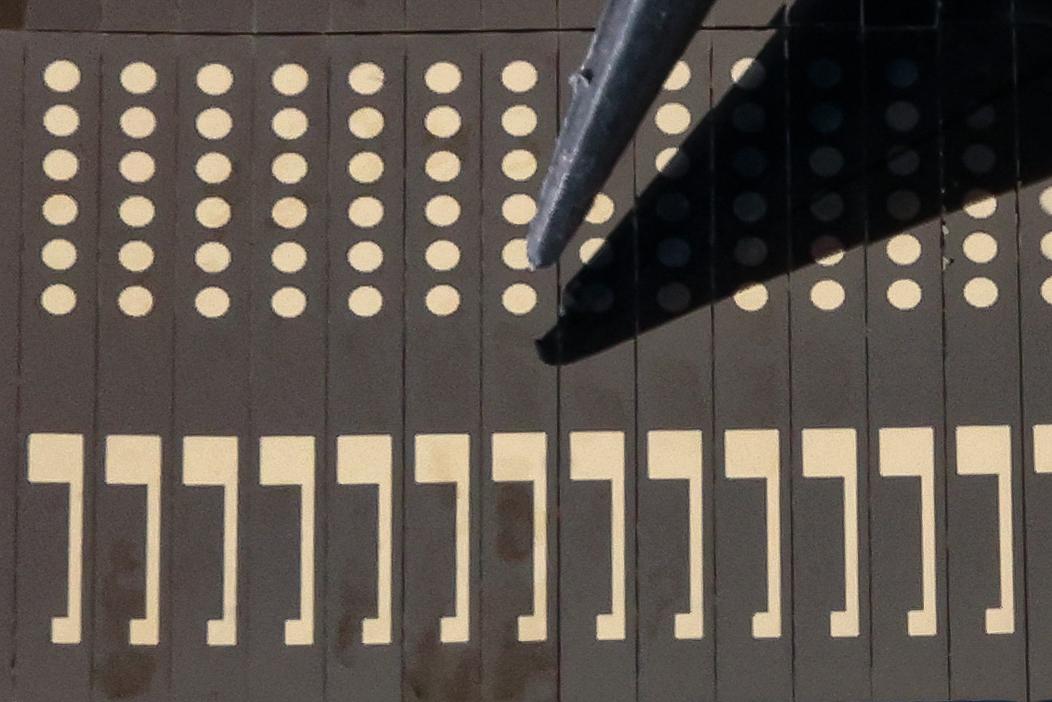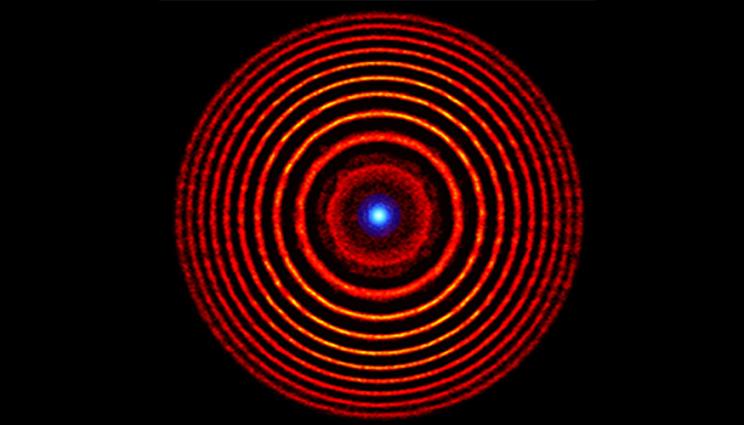2022-03-11 イギリス・バース大学
普通の柔らかい物質の表面は、必ず球状に縮んでいます。水がビーズ状になって水滴になるのを考えてみてください。ビーズができるのは、液体やその他の柔らかい物質の表面が自然に、できるだけ小さな表面積、つまり球に収縮するためです。しかし、アクティブマターは、この性質に逆らうように設計することができます。例えば、ゴム球をナノロボットの層で包むと、ロボットが一体となって、あらかじめ決められた新しい形(例えば、星形)に変形するようプログラムされています。

- https://www.bath.ac.uk/announcements/the-next-generation-of-robots-will-be-shape-shifters/
- https://www.science.org/doi/10.1126/sciadv.abk3079
負の表面張力を有するソフト固体におけるアクティブなエラストキャピラリティ Active elastocapillarity in soft solids with negative surface tension
Authors Info & Affiliations
SCIENCE ADVANCES • 11 Mar 2022 • Vol 8, Issue 10 • DOI: 10.1126/sciadv.abk3079
Abstract
Active solids consume energy to allow for actuation, shape change, and wave propagation not possible in equilibrium. Whereas active interfaces have been realized across many experimental systems, control of three-dimensional (3D) bulk materials remains a challenge. Here, we develop continuum theory and microscopic simulations that describe a 3D soft solid whose boundary experiences active surface stresses. The competition between active boundary and elastic bulk yields a broad range of previously unexplored phenomena, which are demonstrations of so-called active elastocapillarity. In contrast to thin shells and vesicles, we discover that bulk 3D elasticity controls snap-through transitions between different anisotropic shapes. These transitions meet at a critical point, allowing a universal classification via Landau theory. In addition, the active surface modifies elastic wave propagation to allow zero, or even negative, group velocities. These phenomena offer robust principles for programming shape change and functionality into active solids, from robotic metamaterials down to shape-shifting nanoparticles.



